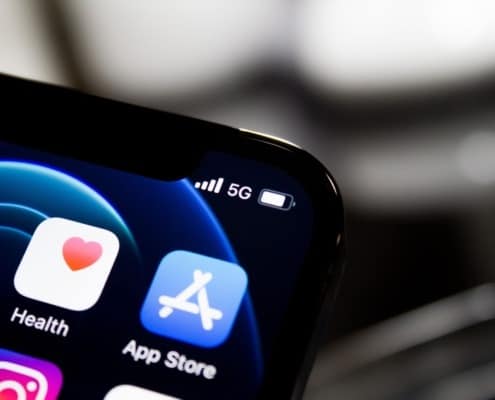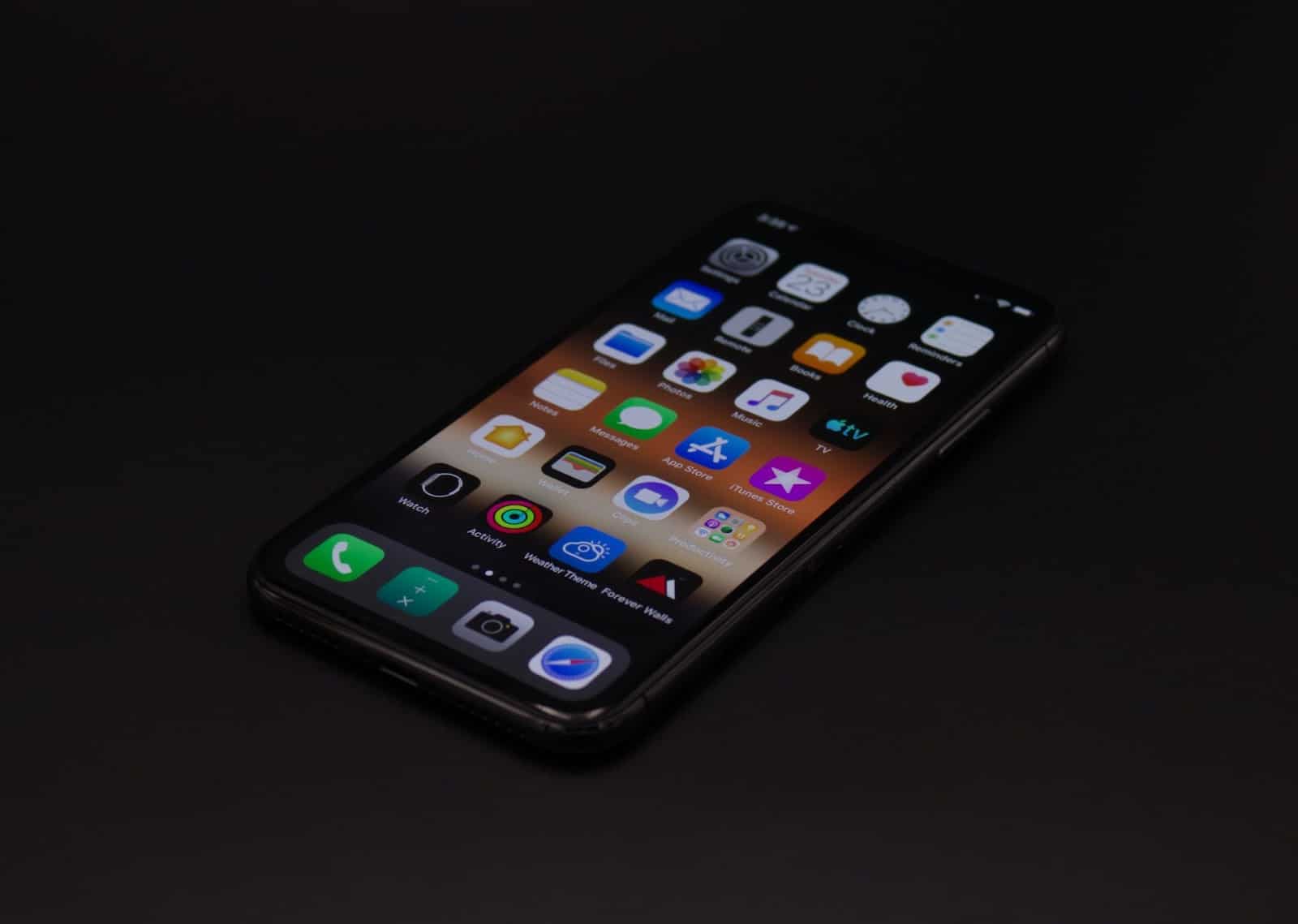
You Need to Know About iOS 15 Product Page Optimization
The announcement of the iOS 15 product page optimization and custom product pages was akin to a hallelujah moment for mobile app marketers and developers around the globe. With the launching of the features, mobile marketing experts can test several app page variations on the App Store and get insights into the general or specific audience behavior. Also, you don’t need to update a new version before testing app variations based on icons, textures, and video previews on the App Store.
In June 2021, during their World Wide Developer Conference (WWDC), Apple announced that the Product Page Optimization and Custom Product Pages features would be available globally later that year. In the early weeks of December 2021, they became available worldwide for everyone to tinker and utilize in boosting organic traffic and promoting conversion rates in the App Store. Whether you have prior experience in product testing or not, you can efficiently use these features to gain key insights regarding App Store Optimization (ASO) and User Acquisition (UA).
This article will focus on iOS and product page optimization and discuss what it entails, particularly for ASO. Let’s get familiar with Apple Store product page optimization.
What Is iOS 15 Product Page Optimization?
Your app page is your first impression for your audience on any mobile app store and largely influences their decision to install your app. Hence, testing various app page styles help app marketers choose the best feature dynamics that will improve app conversion rates. Although developers and marketers have taken advantage of such features on the Google Play Store since 2015, Apple only recently made these features available on the App Store.
The iOS product page optimization feature enables you to test varied forms of your App Store product page across specific locations to help analyze the variation that is best suited for achieving your marketing goals. These variations are also known as treatments, and with product page optimization, you can create up to three treatments in addition to your traditional product page. You can refer to your original page as the control page and use it to measure the insights you gain from user engagement with your treatments.
Using Audience Insights to Optimize Your Impact
App marketers can now implement A/B testing with product page optimization, enabling them to channel efforts at a specific audience and see results without developers launching new updates. If you utilize the feature properly, you can gain actionable insights on user behavior regarding how your App Store product page’s elements such as the app icon, video previews, and content influence your customer’s decision to download. You can also ditch the one-size-fits-all approach and utilize organic and paid traffic separately.
By analyzing the results of your App Store product page optimization test, you can discover observations about your audience that enable you to increase your conversion rate by multiple folds. Comparing the insights allow you to figure out whether:
- Changing our app icon’s color or design attracts more users;
- A new app page layout design that emphasizes a particular feature significantly promotes conversion in a specific region;
- Adding content related to the particular festive season boosts downloads;
- Highlighting features such as in-app bonuses or promos yields better conversion rates.
In a nutshell, you can utilize iOS 15 and product page optimization to know which app variation your users love best. You can split traffic between your original product page and your treatments to compare analysis results regarding downloads, impressions, and conversion, thereby discovering where there’s most improvement and acting on it.
How To Use Product Page Optimization for Organic Traffic
The launching of product page optimization enables app marketers to compare and key into significant metrics that drive conversion rate. However, having access to a feature and utilizing it efficiently to produce remarkable results are different. The product page optimization feature is a gamechanger, enabling you to test customized app pages according to user preferences. However, when it comes to getting the best results for boosting your conversion rate; rather than diving right in, you should try these steps:
Build a Solid Hypothesis
Having an idea in mind regarding the type of variation you should like to implement will keep you from rushing in and help you get valuable results. Whether you assume that a different color can drive conversion rates in a specific locale or if highlighting seasonal content makes any difference, you can efficiently use the three treatments to measure which changes make the most difference accurately.
Prepare Your Metadata
Once you have your strong hypothesis that you would like to test, ensure that you have the necessary metadata considering the changes you are making in your variations. For example, if you would like your variations to have different video previews or screenshots, prepare these assets on time. Although you can submit your assets without creating a new app version, they will go through App Review for approval before publishing your tests.
Plan Your App Release
Suppose any of your treatments include a variation of your app icon. In that case, whether you are changing its color or design, the treatment’s app icon appears on the user’s iOS 15-updated device, accordingly with the change. However, you need to include the icon’s assets in the binary of your app version that is currently live.
Apple enables app marketers with up to three treatments for 90 days in specified countries. Hence, making the best use of the product page optimization feature is essential to get reliable results that you can analyze to boost your conversion rates. You can also specify how much traffic you would like to go to your treatments. For example, if you want 30% of your traffic to see your treatments and have three treatments, Apple will share the 30% equally such that each treatment gets 10% traffic. Apple randomly selects users that will see your treatment whenever they visit the App Store during your test’s duration. You can choose to stop your test at any time within the maximum 90-day duration.
Source: https://unsplash.com/photos/zTl-f6Mxcis by Maulik Sutariya
How To Use iOS 15 Custom Product Pages in the App Store for Paid Traffic
The iOS product page optimization is not the only feature app marketers and developers are enthusiastic about implementing. With custom product pages, you can create up to 35 various custom pages for your app, showcasing different features targeting several sets of users. This feature increases the flexibility of your product pages, enabling your users to see custom pages that are unique to their tastes. The elements you can change for each custom page include:
- Screenshots
- App preview videos
- Promotional text
With the aid of App Analytics, you can track the progress of your custom pages by observing metrics on impressions, downloads, and conversion rates. The iOS custom product pages feature lets you see which pages are most beneficial to particular audiences and capitalize on them. In addition, you can share your custom pages with several highlighted features to specific user groups via unique URLs.
Before setting your custom pages, ensure that you have your goals prioritized for each custom page and the feature or promotional text you want to highlight for a specific audience. 35 custom pages may seem like a lot; however, if you narrow it down to the prospective features you want to showcase and the audience you have in mind, you can utilize them to gain remarkable insights to improve your conversion rates.
The Benefits of Custom Pages
App marketers can apply custom product pages with Apple Search Ads to provide better-targeted ads for several audiences. After creating your custom page, you can share its unique URL to users via marketing campaigns, including email and social media. By clicking on the link, the user directly goes to the custom page with the respective changes and feature highlights that you have made.
Using custom pages enables app marketers to implement more personalized UA funnels to track and analyze more efficiently. By including the custom pages’ URL in marketing campaigns for specific demographics, you gain vital metrics such as downloads and impressions. Not only do the custom product pages enable you to drive more paid traffic by increasing the personalization angle of your User Acquisition (UA) funnels, but you can also improve the rate at which you convert users.
Via App Analytics, you can monitor all your live custom pages and measure the effectiveness of each custom page in promoting app downloads. Hence, you can track certain highlighted features that help you achieve your goals and work on those that provide less remarkable results. Additionally, app marketers can see whether users who download their apps from a custom product page spend more time on the page or perform more in-app purchases.
What Does Product Page Optimization Mean for ASO?
When it comes to App Store Optimization (ASO), effectively using the product page optimization feature will drive your organic traffic. Organic traffic primarily comprises search and browse traffic; that is, users come across your app by either searching for it via a related keyword or by viewing another corresponding app. As the iOS App store product page optimization enables you to use up to three treatments with variations based on elements — including app icons, preview videos, and seasonal content — you can compare results to gain actionable insights.
Improve Your Mobile Application’s Visibility With Remarkable ASO
The iOS 15 product page optimization comes with amazing benefits. From understanding your users’ behavior better to learning which app page variations drive more conversion, your ASO game will receive a massive boost. The effect of iOS 15 product page optimization on ASO is highly beneficial and will help you reach a wider audience. Hence, you can tick off more objectives for your app expansion plans. With access to such valuable insights, making informed decisions that drive your conversion rate is the next step to achieving your marketing goals.
ShyftUp provides the necessary support you require to keep hitting your conversion rate milestones consistently and efficiently with the aid of our go-to ASO tool, Metrikal. In addition to monitoring the results of your A/B tests and keeping track of all your ASO variables in one place, Metrikal provides you with practical observations that you can use to take your ASO game to the next level. Contact us today to learn more about getting better results with ASO.
What is iOS 15 Product Page Optimization?
It enables you to test varied forms of your App Store product page across specific locations to help analyze the variation. You can create up to three treatments in addition to your traditional product page. You can implement A/B testing and monitor channel efforts at a specific audience before launching new updates.
What can you test and compare with iOS 15 Product Page Optimization?
You can test your app icon, page, screenshots, app preview videos and compare analysis results regarding downloads, impressions, and conversion rate.
What does Product Page Optimization mean for ASO?
Effectively using the product page optimization feature will boost your organic traffic.
What Is iOS 15 Product Page Optimization?
Using Audience Insights to Optimize Your Impact
How To Use Product Page Optimization for Organic Traffic
How To Use iOS 15 Custom Product Pages in the App Store for Paid Traffic
What Does Product Page Optimization Mean for ASO?
Improve Your Mobile Application’s Visibility With Remarkable ASO
